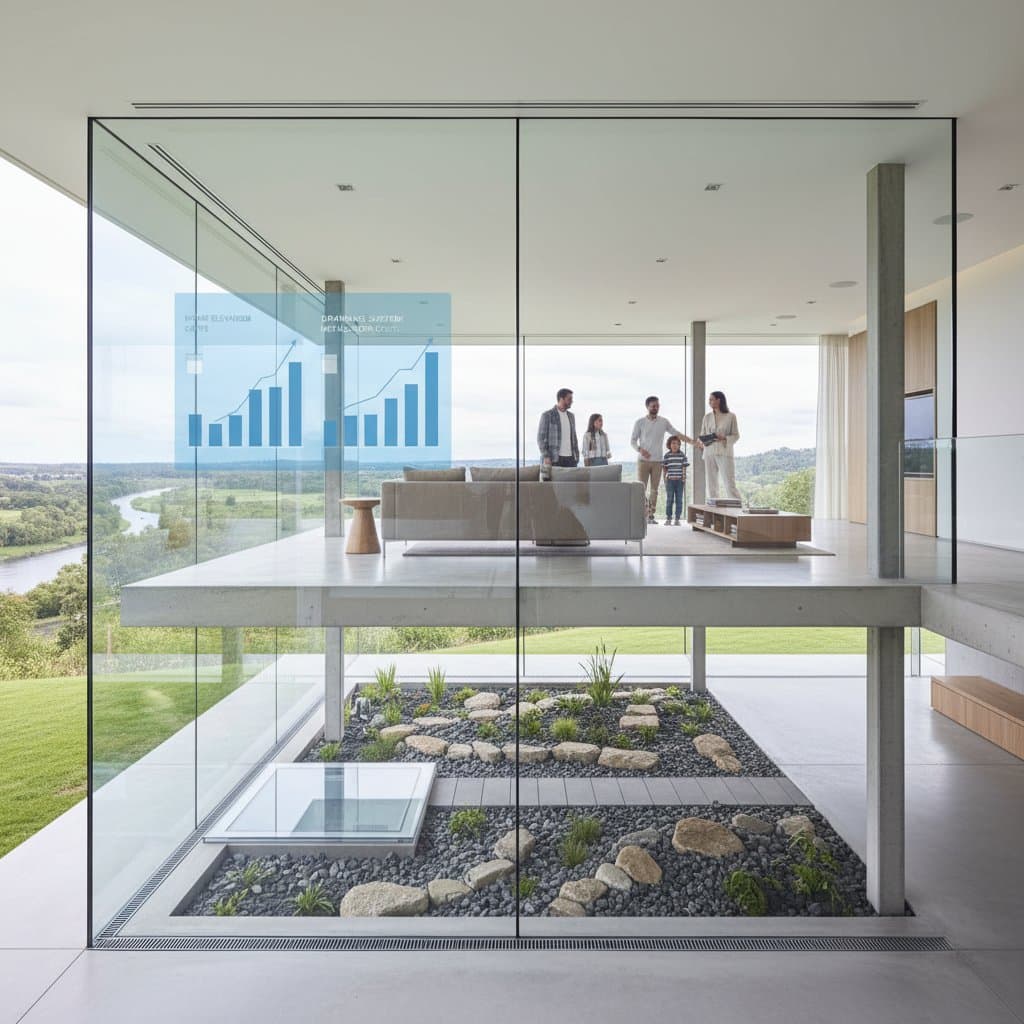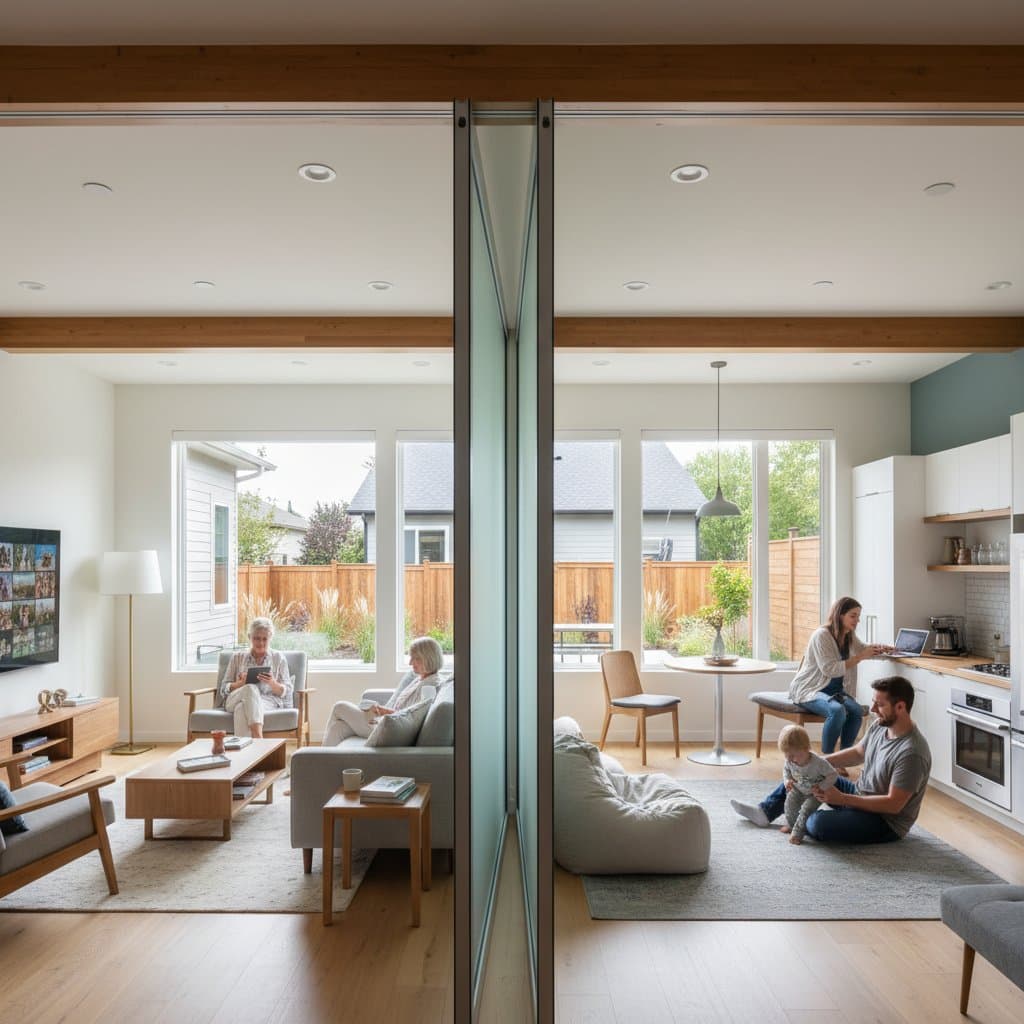2025 Flood-Proofing Costs: Comparing Home Elevation and Drainage Improvements
Flooding threatens homes with devastating financial and emotional consequences. As climate patterns shift and storms intensify, homeowners seek reliable methods to mitigate water damage. Home elevation and drainage enhancements stand out as two effective approaches, each offering distinct advantages in cost, implementation, and long-term protection.
This comprehensive guide details the processes involved in both options, outlines expected expenses, and provides guidance on deciding between professional services and DIY efforts. By understanding these elements, you can select the strategy that best fits your property and budget.
Essential Factors Influencing Your Choice
Several key considerations shape the decision to pursue elevation or drainage improvements. Begin by assessing your flood risk using FEMA floodplain maps and reviewing local weather records from the past decade. The type of foundation—whether slab, crawl space, or pier and beam—plays a critical role, as it determines feasibility and expense.
Evaluate your lot's slope and soil composition, which affect water flow and stability. Consider your available budget alongside potential financing through loans or government grants for flood mitigation. Review local building permits, zoning codes, and how these upgrades might lower insurance premiums by up to 30 percent in designated flood zones.
Finally, account for changes in accessibility, such as adding stairs or ramps for elevated structures, to ensure the modifications align with your household needs.
Detailed Cost Breakdown and Influencing Variables
Costs for flood-proofing vary widely based on property specifics and regional factors. Understanding these elements helps in budgeting accurately and avoiding unexpected expenses.
Home Elevation Expenses
Elevating a home involves lifting the entire structure above the base flood elevation, typically using hydraulic jacks and new foundational supports. For a standard single-story home of 1,500 square feet on a crawl space foundation, expect costs ranging from $100,000 to $250,000. Slab foundations increase this to $150,000 to $350,000 due to the need for breaking and reinforcing concrete.
Larger homes or multi-story buildings demand more robust equipment, pushing prices higher by 20 to 50 percent. Challenging soil conditions, such as expansive clay or high water tables, necessitate deeper pilings or helical piers, adding $10,000 to $50,000. Limited site access requires specialized machinery, while reconnecting utilities like plumbing and electrical systems can tack on $5,000 to $15,000.
In high-risk coastal areas, elevation often qualifies for federal grants that offset 30 to 50 percent of costs, making it more accessible.
Drainage Improvement Expenses
Drainage upgrades redirect water away from your foundation through grading, piping, or collection systems. Basic yard regrading for a 5,000-square-foot lot starts at $2,000 to $5,000, while installing a comprehensive French drain system around the perimeter costs $10,000 to $20,000.
Soil permeability influences expenses; impermeable clay soils require extensive gravel backfill and longer pipe runs, increasing costs by 25 percent. Flat lots may need additional features like swales or sump pumps, adding $3,000 to $8,000. The distance to a safe discharge point, such as a street drain or retention pond, determines pipe length and labor, with each additional 50 feet raising expenses by $500 to $1,000.
Aesthetic finishes, including stone-lined channels or integrated landscaping, can elevate total costs by 10 to 20 percent but enhance property value.
Deciding Between DIY and Professional Installation
Not all flood-proofing tasks suit amateur efforts. Professional expertise ensures safety, compliance, and durability, particularly for complex projects.
Professional-Only: Home Elevation
Home elevation demands certified structural engineers, contractors, and inspectors to handle lifting, temporary bracing, and permanent pilings. The process spans 4 to 12 weeks, including site preparation, utility disruptions, and final inspections. Homeowners should focus on non-structural tasks, such as removing interior furnishings or restoring landscaping post-project, to assist without risking safety.
Attempting DIY elevation violates building codes and endangers the structure's integrity. Always hire firms experienced in flood retrofitting, and verify licenses through state contractor boards.
DIY-Friendly: Drainage Enhancements
Many drainage projects allow for homeowner involvement, especially smaller-scale improvements. Installing a 20-foot French drain requires intermediate skills in excavation and piping assembly, completable over one to two weekends with rented equipment.
Minor grading adjustments suit beginners; use a shovel and level to create a 2 percent slope away from the foundation over a 10-foot by 20-foot area. Safety precautions include calling 811 to mark utilities before digging, wearing protective gear, and working in dry conditions to prevent slips.
For persistent issues like basement seepage, consult a professional plumber immediately to diagnose underlying problems such as cracked foundations.
Essential Materials and Tools
Gathering the right supplies streamlines installation and ensures quality results. Source materials from local hardware stores or landscaping suppliers for compatibility with your region's climate.
For French Drains or Sump Systems
- Trenching shovel or power trencher rental
- Wheelbarrow for transporting gravel and soil
- Tape measure, string line, and bubble level for precise alignment
- 4-inch perforated PVC pipe or flexible corrugated tubing, cut to required lengths
- ¾-inch clean, washed gravel to surround the pipe and promote flow
- Geotextile landscape fabric to prevent soil intrusion
- Pre-assembled sump basin with battery backup pump for low-lying areas
- PVC primer, cement, and elbow fittings for secure connections
- Heavy-duty outdoor extension cords for powering tools
For Yard Grading Projects
- Landscape rake and hand tamper for smoothing surfaces
- Topsoil or clean fill dirt to build up low spots
- Wooden stakes and nylon string for marking slope lines
- Vibratory plate compactor, available for weekend rental at $50 to $100 per day
Test all installations with a hose simulation of heavy rain to verify effectiveness before backfilling.
Ongoing Maintenance for Longevity
Proper care extends the lifespan of flood-proofing investments, preventing minor issues from escalating.
Maintaining Elevated Structures
Conduct annual inspections of pilings, beams, and connection points for signs of settling or erosion. Apply protective coatings to exposed steel or concrete every three to five years to resist rust and weathering. Ensure crawl spaces remain ventilated with dehumidifiers if humidity exceeds 60 percent, and monitor for pest activity.
Wooden access features like stairs require replacement every 10 to 15 years. With diligent upkeep, elevated homes withstand floods for 50 years or more without major interventions.
Upkeep for Drainage Features
Remove debris from grates and catch basins within 24 hours after storms to maintain flow capacity. Flush French drain pipes annually using a high-pressure hose inserted at access points to clear sediment buildup.
Test sump pumps biannually by simulating water inflow; replace units showing reduced performance every five to seven years in moderate-use scenarios. In regions with heavy leaf fall, install mesh screens over inlets to minimize clogs.
Regular maintenance reduces repair needs by 70 percent and preserves system efficiency over 20 to 30 years.
Adapting to Regional Flood Risks
Flood dynamics differ across geographies, requiring tailored strategies. Coastal properties contend with saltwater surges that corrode standard materials, necessitating elevated designs with corrosion-resistant pilings.
Inland areas face riverine flooding or urban runoff, where drainage excels by channeling water to retention basins. Clay-rich soils in the Midwest slow percolation, demanding deeper trenches and permeable pavers. Colder northern climates require burying pipes 4 to 6 feet deep to avoid frost damage, while arid Southwest regions focus on dry wells for infrequent but intense flash floods.
Consult interactive tools from the National Flood Insurance Program to map your exact risk zone. Integrate native plants in drainage designs to enhance absorption without chemical additives.
Common Questions Answered
When Is Home Elevation Necessary?
Elevation becomes essential if your home sits in a Special Flood Hazard Area below the 100-year flood level or has experienced water intrusion twice in five years. Contact your local floodplain administrator for a free elevation certificate to confirm needs and explore elevation credits for insurance discounts.
Can Insurance Offset Flood-Proofing Expenses?
Traditional policies exclude preventive measures, but FEMA's Flood Mitigation Assistance program reimburses up to $175,000 for eligible projects in participating communities. State-specific incentives, such as Texas's flood damage reduction grants, cover 50 percent of costs for low-income households in designated zones.
How Long Do These Upgrades Last?
Well-installed elevation systems endure 50+ years with maintenance, while drainage features perform reliably for 20 to 40 years before major overhauls.
Steps to Implement Your Flood-Proofing Plan
Start by obtaining a professional flood risk assessment from a civil engineer, costing $500 to $1,500, to prioritize options. Secure quotes from at least three licensed contractors, comparing warranties and timelines. Apply for permits early, as processing takes 4 to 8 weeks in most jurisdictions.
If opting for DIY drainage, complete the project during dry seasons for optimal soil workability. Track all expenses and documentation to claim potential tax deductions under home improvement provisions. These steps not only protect your investment but also enhance resale value by demonstrating proactive resilience against climate challenges.



